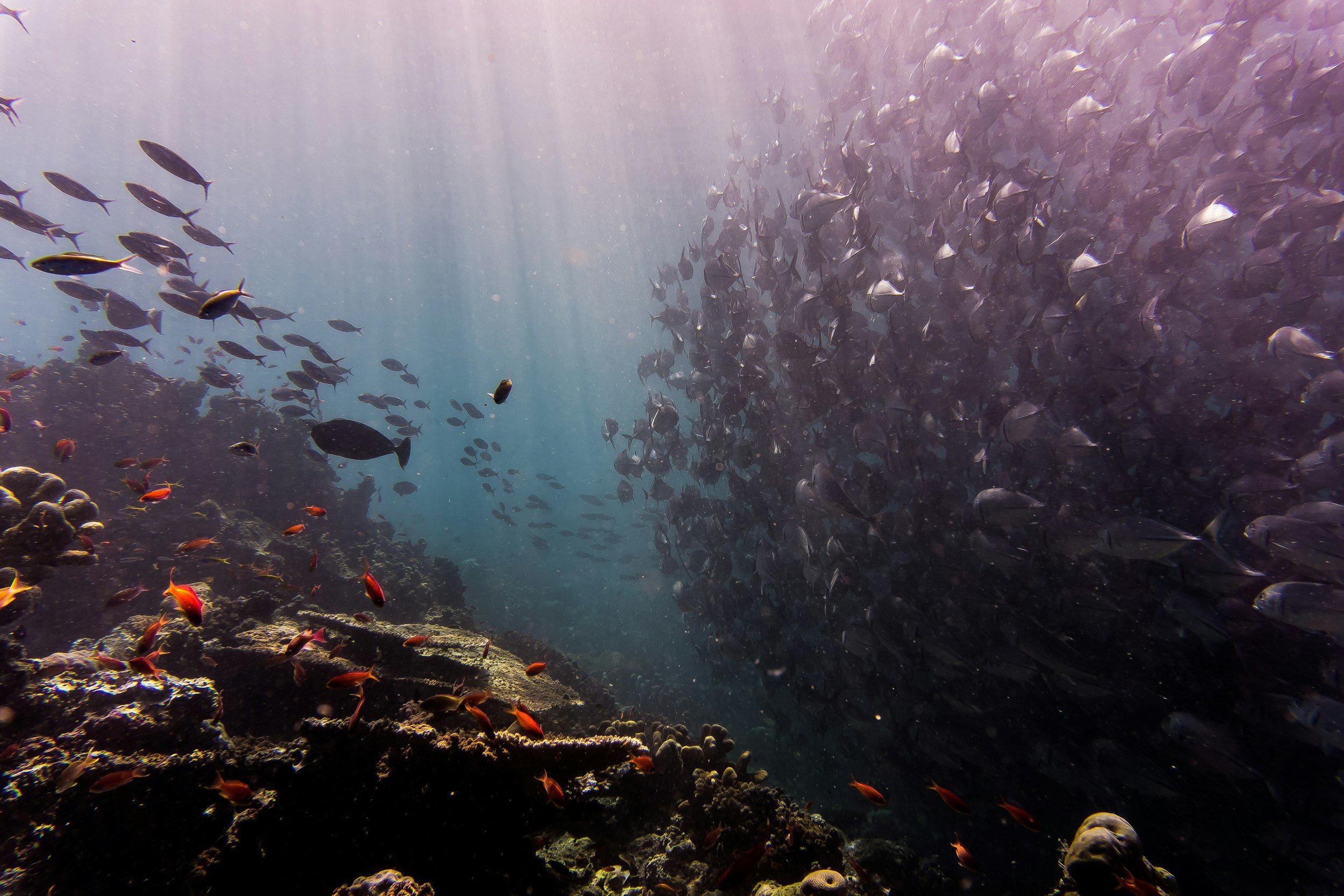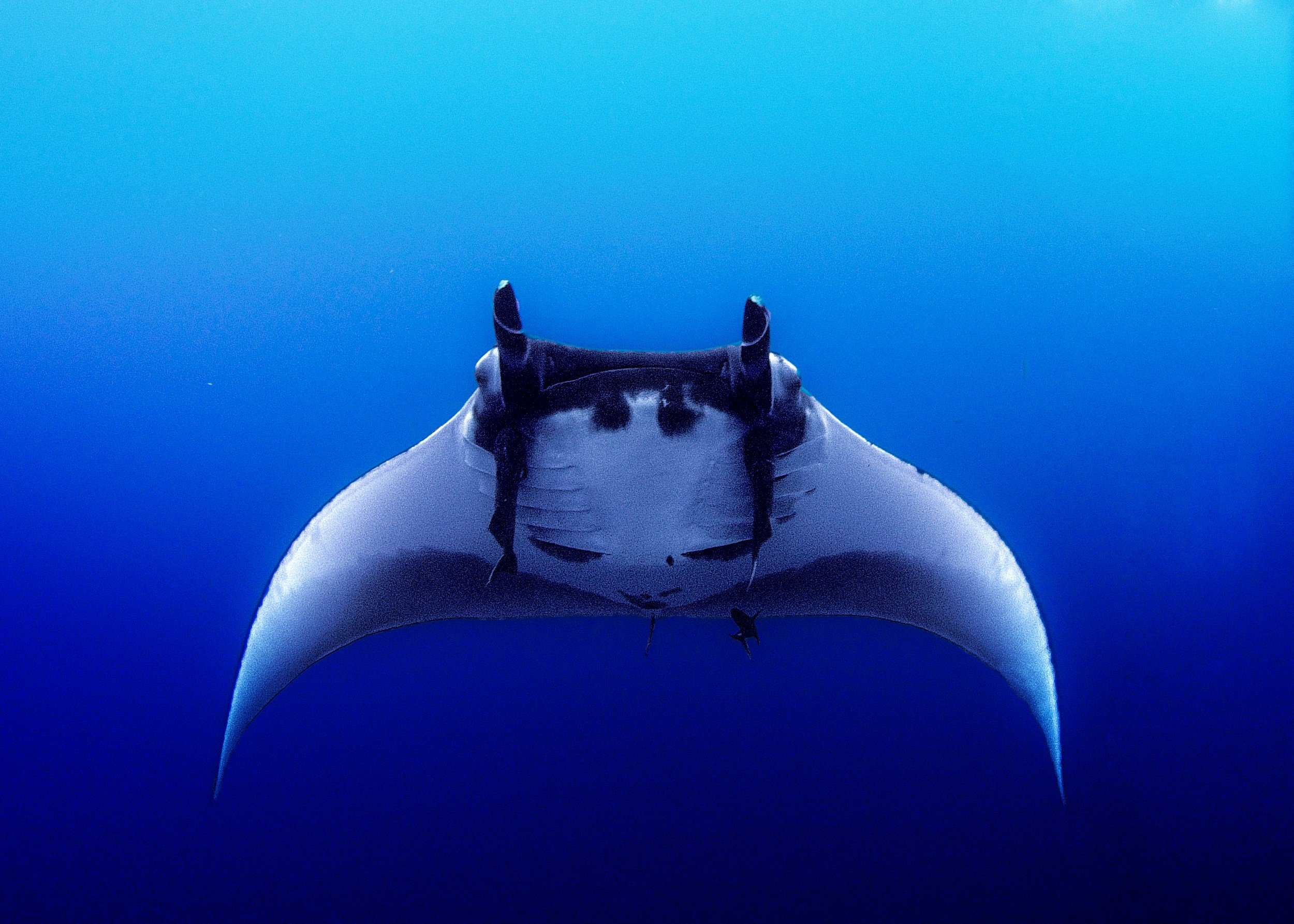
Biodiversity Conservation and Mapping
FUTURE SCENARIO
Conservation efforts shift beyond static marine protected areas (MPAs) toward dynamic, technology-driven models. AI-powered biodiversity monitoring, ecosystem-based fisheries management, and conservation finance reshape marine protection. Indigenous knowledge and local stewardship guide adaptive conservation strategies, ensuring ecological and economic alignment.
Real-time biodiversity mapping allows flexible conservation zones, while biodiversity credits attract investment in marine restoration. Conservation-based tourism integrates habitat rehabilitation and research, creating economic alternatives to extractive industries. Public-private partnerships expand regenerative aquaculture, marine reforestation, and ocean carbon sequestration, embedding conservation into economic systems. These approaches transform marine protection from a reactive effort into a proactive strategy that supports climate resilience.
As these strategies take hold, ecosystems stabilize, fisheries recover, and carbon sequestration strengthens climate adaptation. Conservation shifts from an isolated initiative to a foundational pillar of economic and environmental planning. Industries and policymakers recognize that sustaining biodiversity is not just an ecological responsibility but a long-term economic investment, ensuring that the ocean remains a source of resilience and prosperity.
Supporting Trends
-
Ocean Sensors and Data
TECHNOLOGICAL
Ocean-collected data is processed at discrete levels of scale and abstraction, from locally to the cloud, facilitating research and applications.
-
Biodiversity Mapping
ENVIRONMENTAL
Comprehensive mapping of marine biodiversity is aiding in conservation planning, identifying critical habitats and impacts of human activities.
-
Marine Protected Areas
ENVIRONMENTAL
The global coverage of MPAs is 8.01%, divided into areas within national jurisdiction and those in Areas Beyond National Jurisdiction (ABNJ).
-
Ocean Exploration
TECHNOLOGICAL
Advances in virtual and augmented reality technology enabling immersive ocean exploration experiences, making the marine world accessible to a broader audience.
-
Citizen Science
SOCIAL
Citizen science initiatives involve the public in ocean monitoring and data collection, contributing valuable information for research and analysis.
Barriers
-
Regulatory inertia slowing adaptive management in conservation policies.
-
Funding gaps for scalable conservation technology deployment.
-
Resistance from traditional tourism industries and extractive sectors.
Opportunties
-
AI-enhanced marine biodiversity monitoring for adaptive conservation.
-
Market-driven sustainability models like biodiversity credits and conservation finance.
-
Strengthened partnerships between conservation organizations, indigenous communities, and eco-tourism industries.
Potential Roadmap
-
Data-Driven Monitoring is Scaled
2025
Governments and conservation groups expand AI-driven marine monitoring systems, integrating biodiversity mapping and adaptive conservation zones.
-
Conservation Markets and Finance Takes Hold
2030
Biodiversity credits and blue bonds gain traction, attracting corporate and governmental investment for large-scale marine restoration projects.
-
Community-led Stewards Expand Actions
2035
Indigenous and local communities co-govern MPAs, integrating traditional knowledge with tech-driven conservation to ensure sustainable management.
-
Regenerative Marine Economies Emerge
2040
Sustainable fisheries, regenerative aquaculture, and conservation-based tourism become primary economic drivers in coastal communities.
-
Conservation Becomes a Policy Foundation
2050
Marine conservation is embedded in national and global economic planning, ensuring biodiversity protection aligns with climate resilience and economic stability.
-

Scenarios
Collectively imagining what the future of the oceans might looks like in different contexts.
-

Drivers
Macro-level drivers that create broad-reaching impact, and influence our present and future.
-

Trends
Emerging trends are specific areas of change that hold potential for significant impact.

Let’s Work Together
Join our ocean-tech network.


